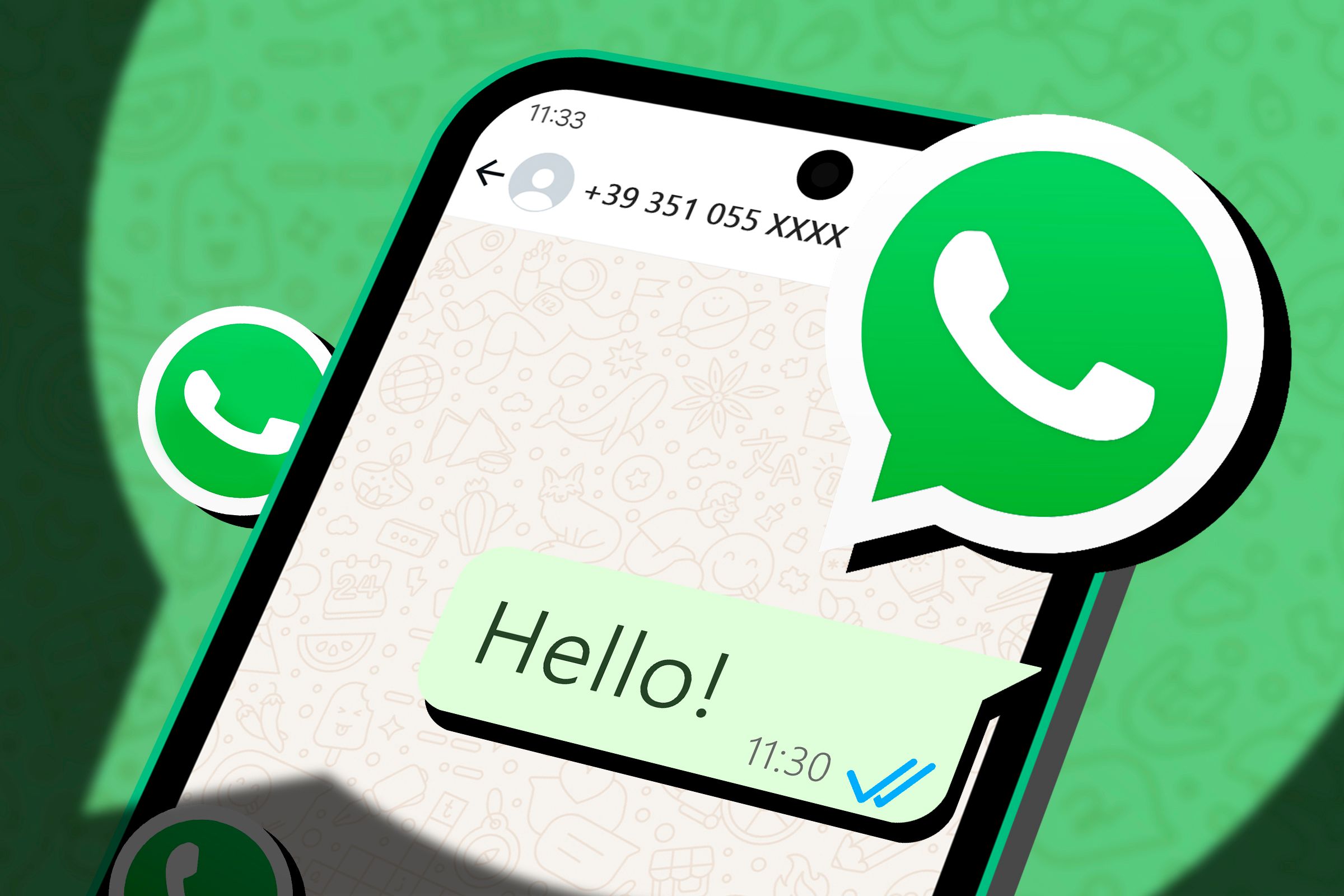Your primary campaign goal especially on Facebook and Instagram could be WhatsApp messaging. This will show a quick chat on WhatsApp action button.
Over my years of experience, Kenyans are twice shy…
1. Start with a Warm, Personalized Greeting
Begin the conversation by addressing them by name (if available) and showing genuine interest in their needs.
Example: “Hi Kendi, thanks for reaching out! I understand you’re considering the HP 840 G3, and I’d love to help answer any questions you have.”
2. Acknowledge Their Concerns
Show empathy and validate their worries. Let them know it’s normal to feel cautious.
Example: “I completely understand your concerns about product quality and making sure your money is safe. It’s really important to feel confident before making a decision, and I’m here to help with that.”
3. Provide Social Proof
Share testimonials, reviews, or case studies from satisfied customers to build credibility.
Example: “Many of our customers had similar concerns initially, but they’ve been really happy with the results. Here’s what a few of them have said: [insert screenshot or link to reviews].”
4. Offer Transparency
Be open about your process, policies, and guarantees. Explain how you ensure quality and protect their money.
Example: “We take quality very seriously. All our products go through rigorous testing, and we offer a [X-day money-back guarantee] so you can feel completely secure. If you’re not satisfied, we’ll make it right.”
5. Share Visual Proof
Send photos or videos of the product, your team, or your workspace to make the interaction more personal and trustworthy.
Example: “Here’s a quick video of how we ensure quality control in our process: [insert video]. I’d be happy to share more if you’d like!”
6. Address Scam Concerns Directly
Reassure them about the safety of their transaction. Explain secure payment methods and how you protect their data.
Example: “I completely get why you’d be worried about scams. We use secure payment gateways like [M-PESA], and your information is always protected. You’ll also receive a receipt and tracking details as soon as your order is confirmed.”
But this isn’t usually a Main concern is it??
7. Offer a Low-Risk Next Step
Suggest a small, low-commitment action to help them feel more comfortable.
Example: “If you’re still unsure, you can pay for delivery fees only then pay when you receive the package.”
In this case, use delivery methods that have a COLLECT MY PAYMENT OPTION or PERSONAL RIDERS. Examples include (Pick Up Mtaani within Nairobi, Wells Fargo…)
8. Be Patient and Respectful
Avoid pressuring them. Give them time to think and reassure them that you’re available whenever they’re ready.
Example: “No rush at all—take your time to think it over. I’m here whenever you’re ready or if you have more questions. Your satisfaction is my top priority.”
9. Follow Up Thoughtfully
A call after an inquiry is usually the closest way to win over someone’s purchase. If they don’t respond immediately, send a polite follow-up after a day or two.
Example 1: “Hi Kendi, just checking in to see if you had any other questions about the 840 G3 laptop. I’m here to help!”
Example 2: “Hi Lana, this is your rider. I’m doing delivery for your requested kitchenware. Please pay for the product and/or delivery fees first before I do the delivery”
10. End with Gratitude
Regardless of whether they convert, thank them for their time and interest.
Example: “Thanks so much for considering us, Lana. It was great chatting with you, and I hope we can help you soon. Have a wonderful day!”
Key Tips:-
Be human:
Use conversational language, emojis (sparingly), and a friendly tone.
Listen actively:
Pay attention to their specific concerns and tailor your responses.
Build trust:
Consistency, transparency, and empathy go a long way in easing worries.By addressing their concerns with care and providing clear, honest information, you’ll increase the chances of converting the lead while building a positive, trusting relationship.

